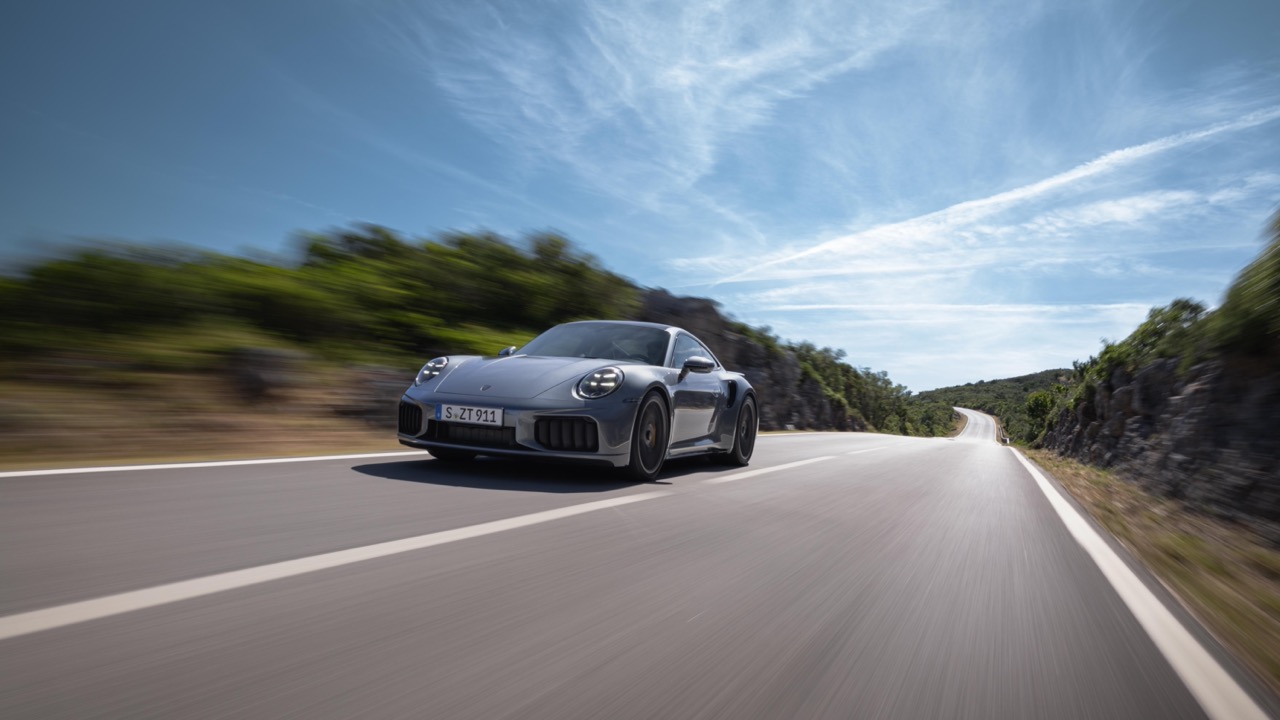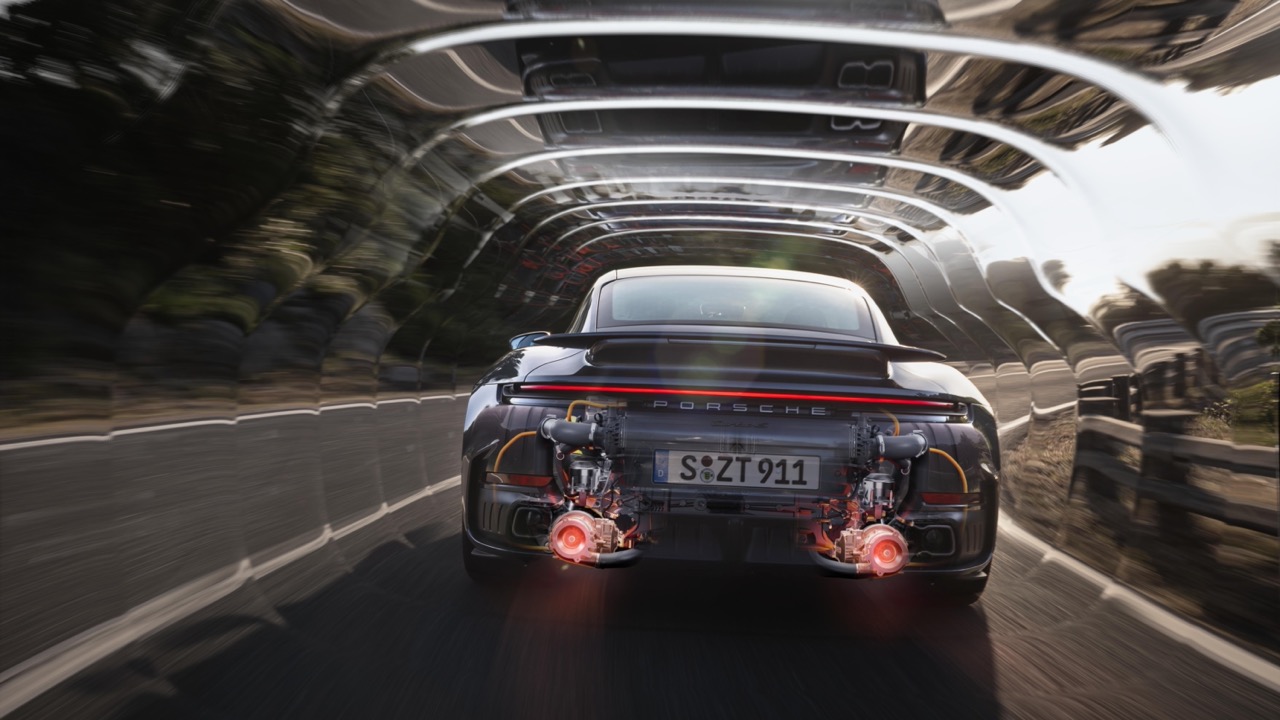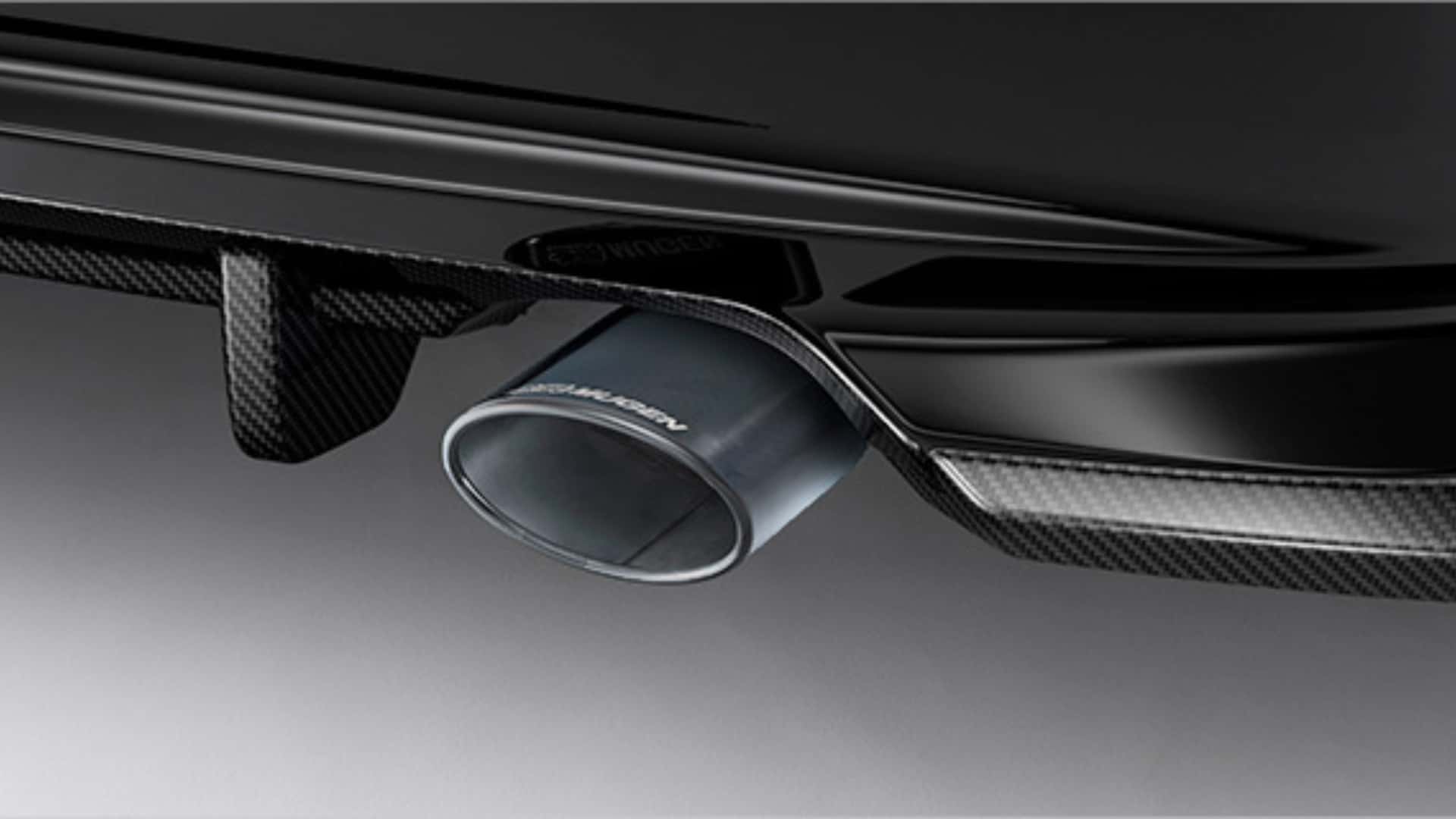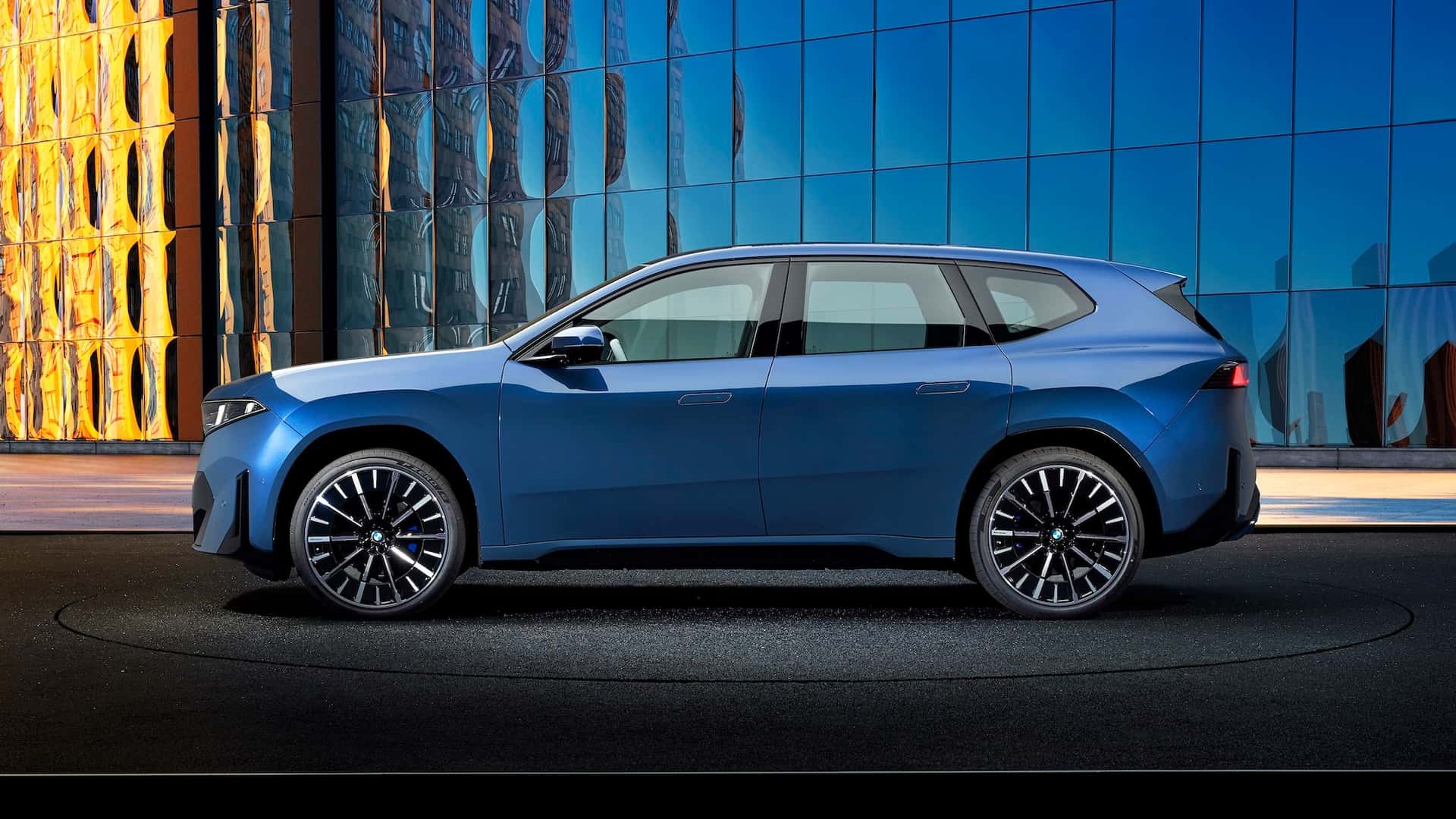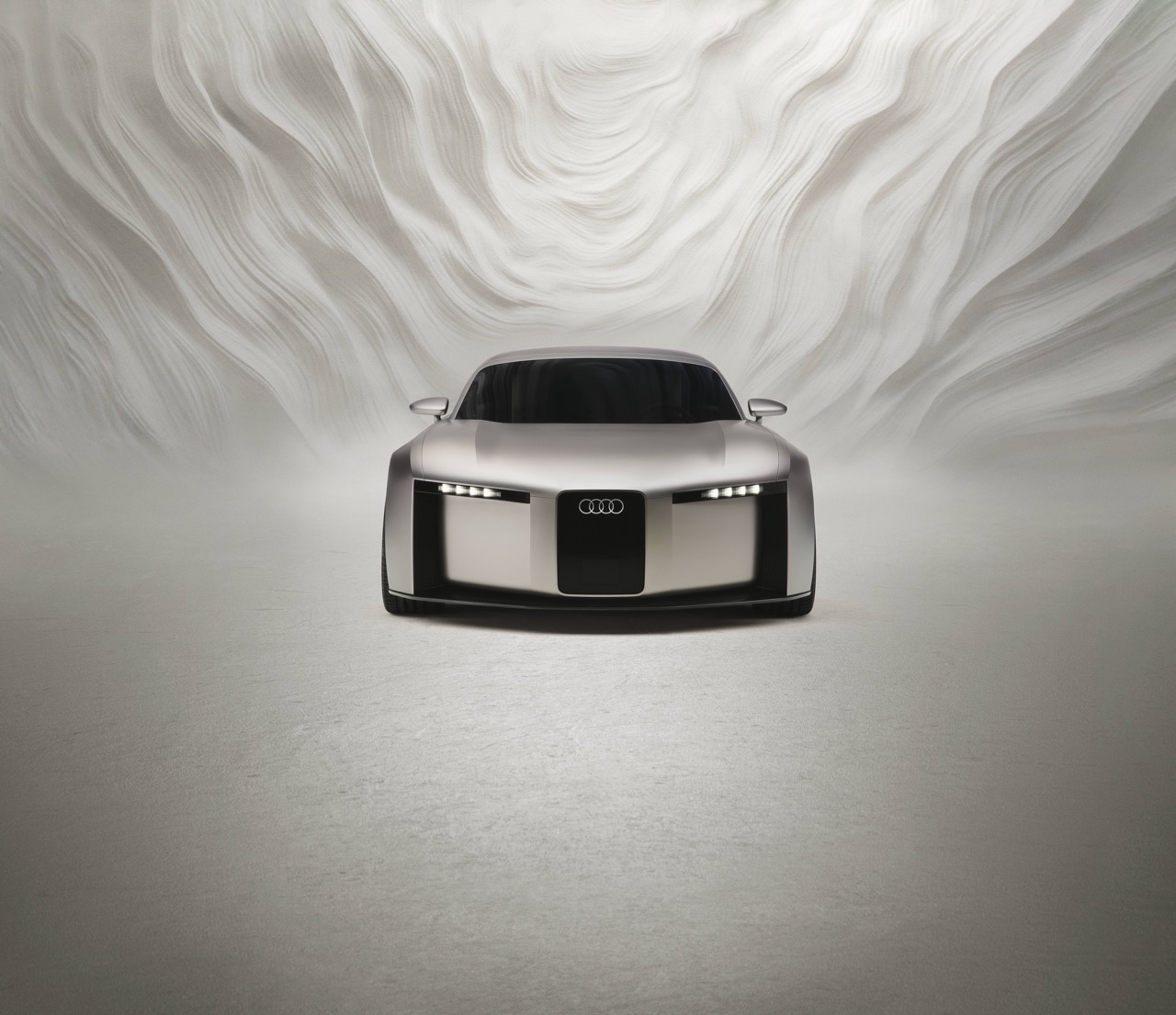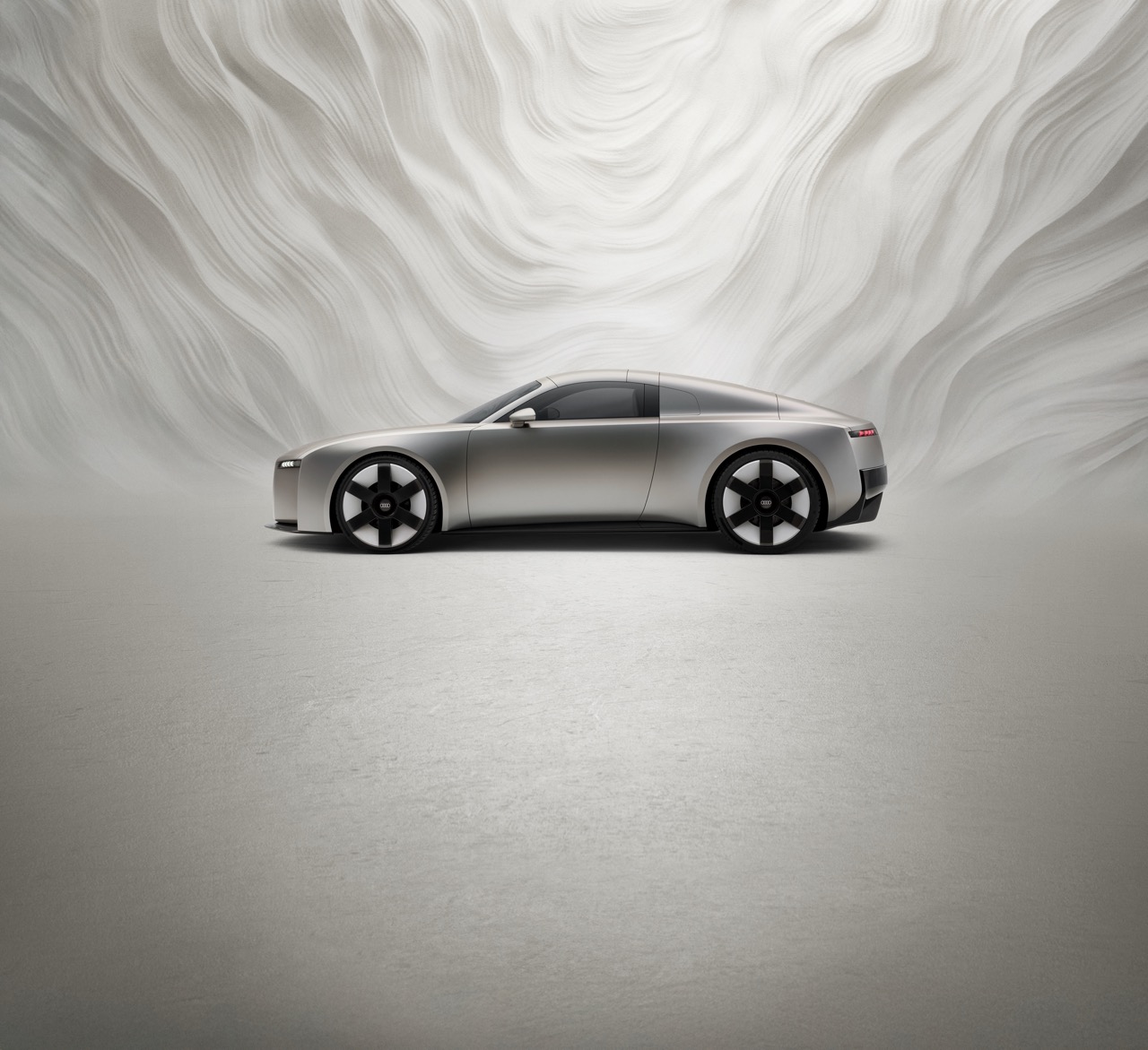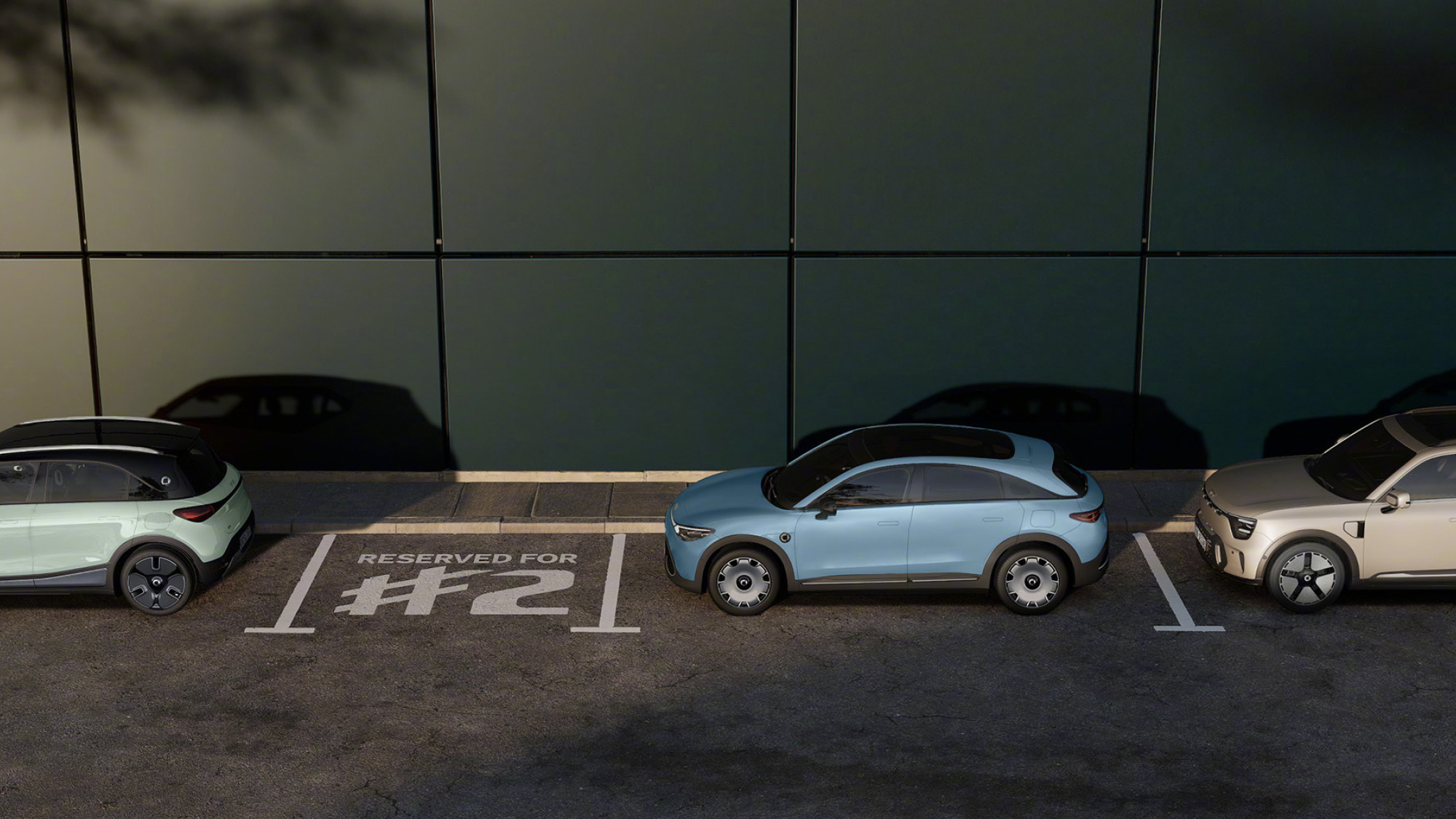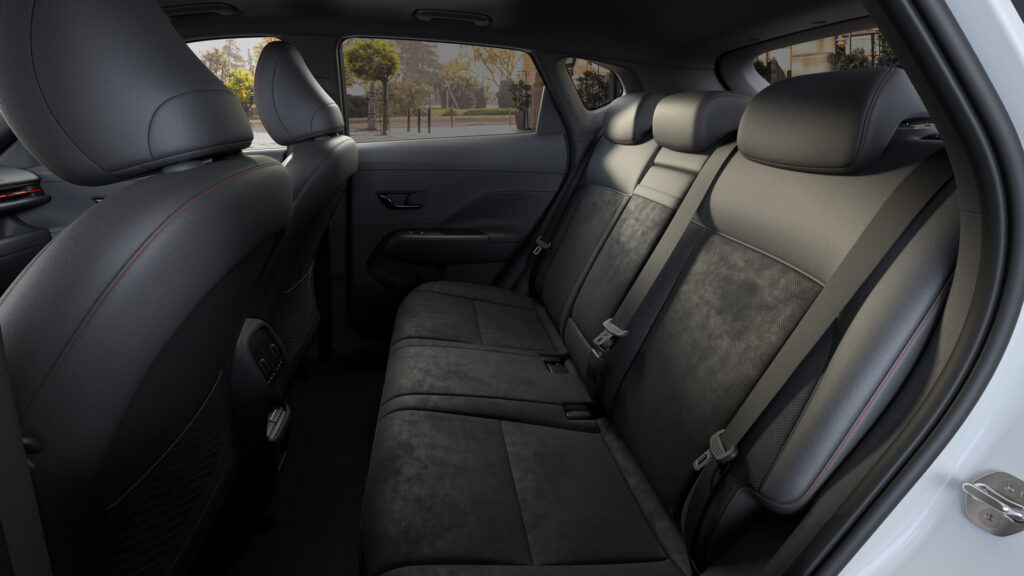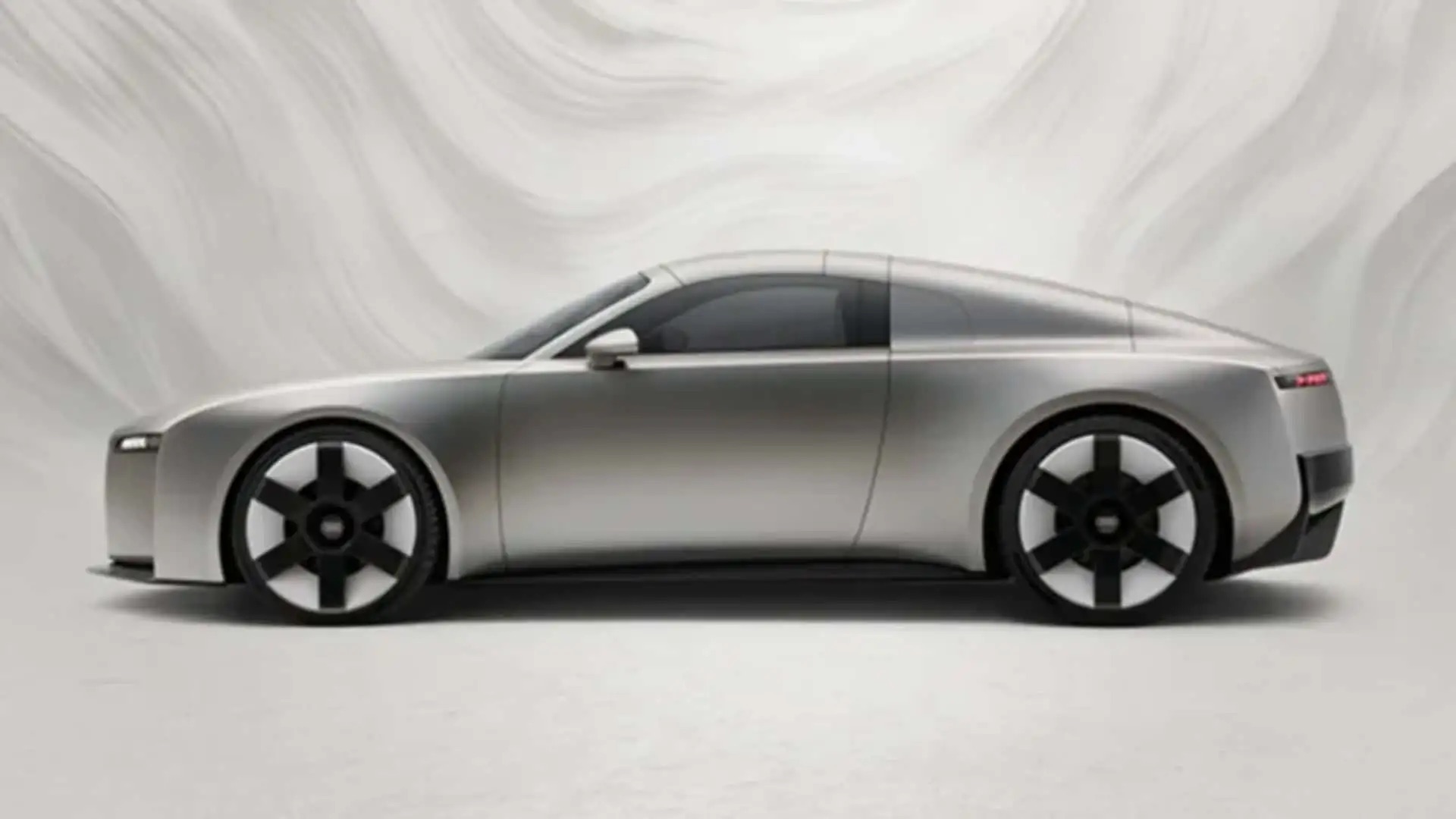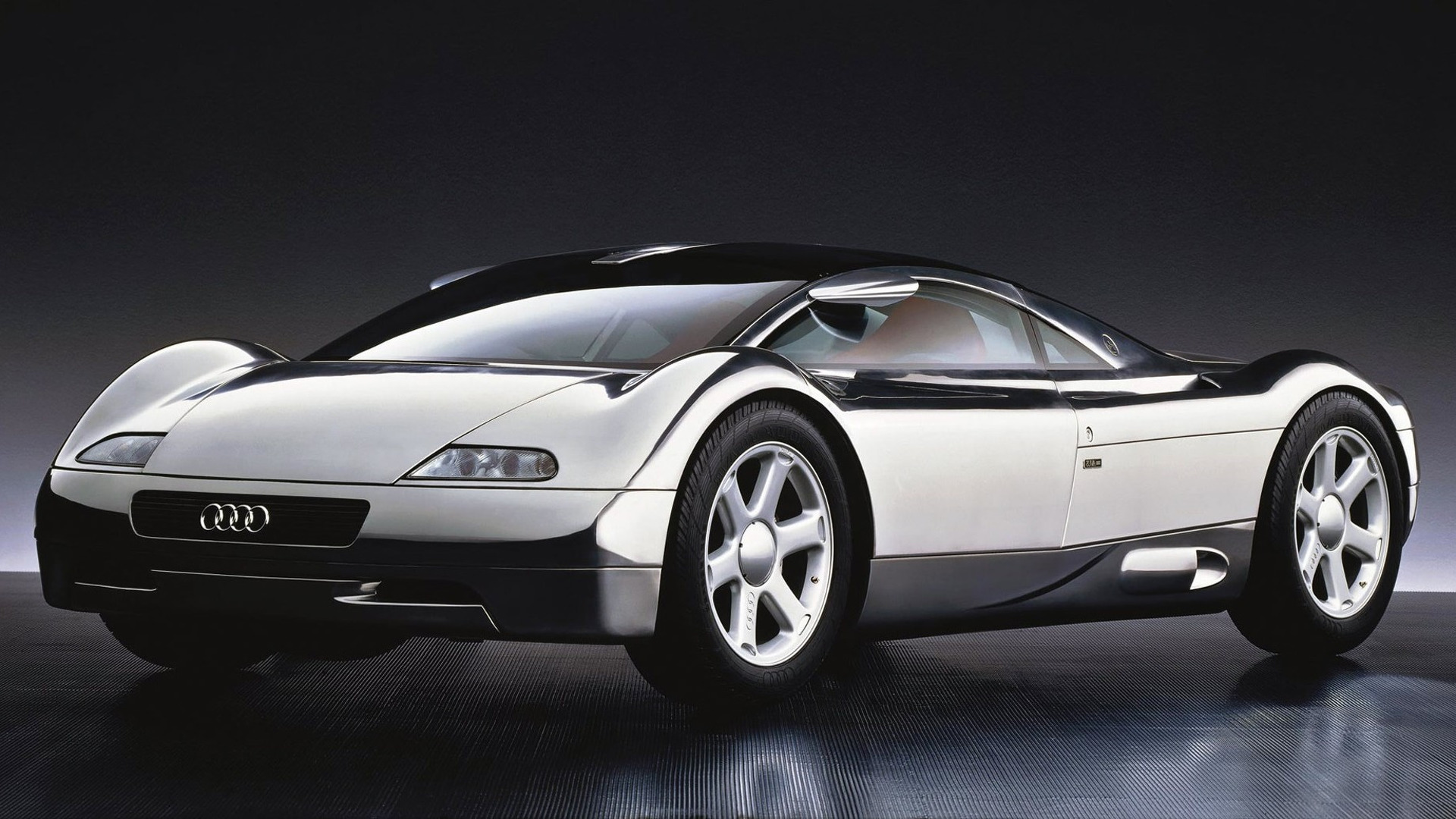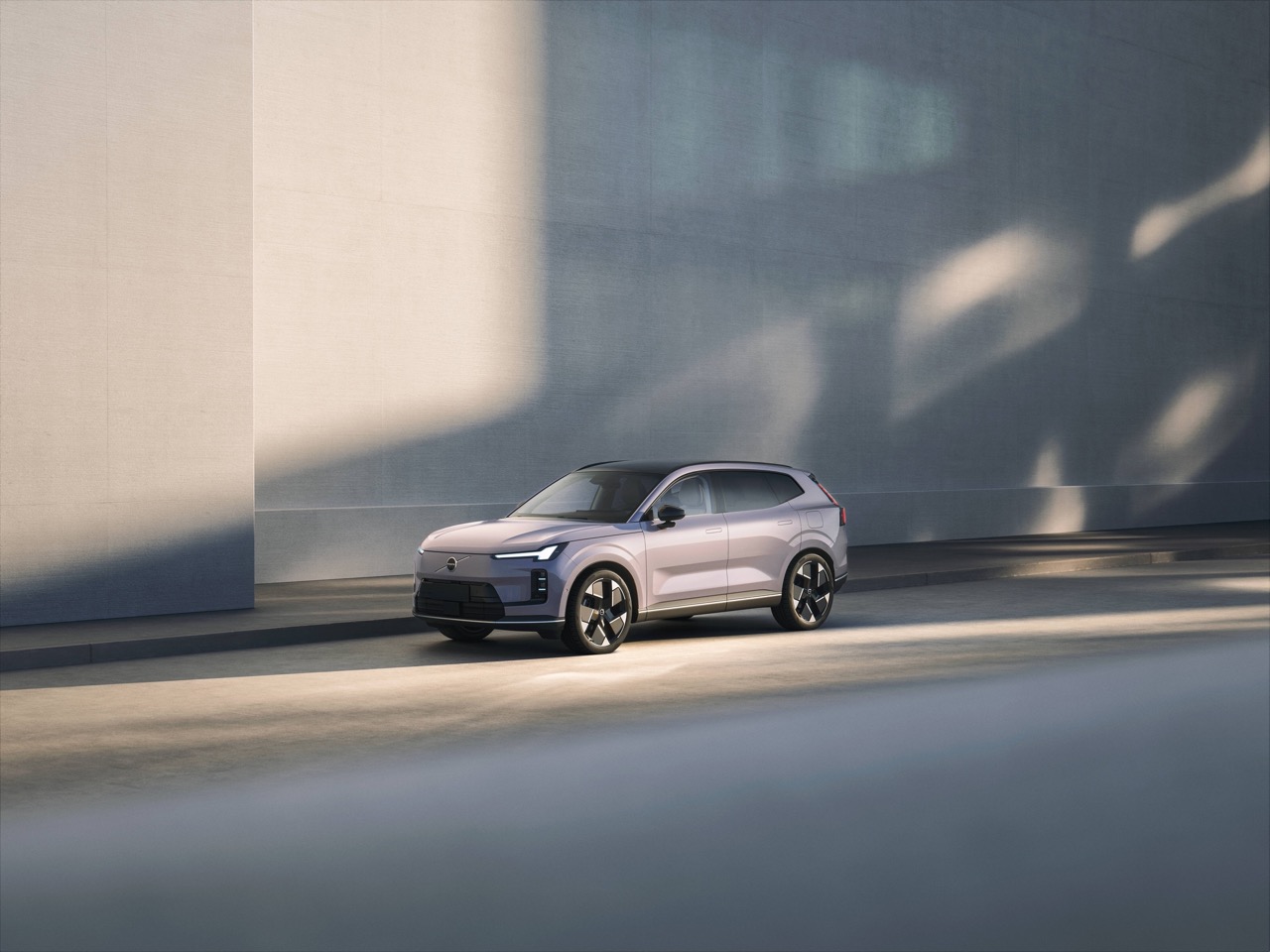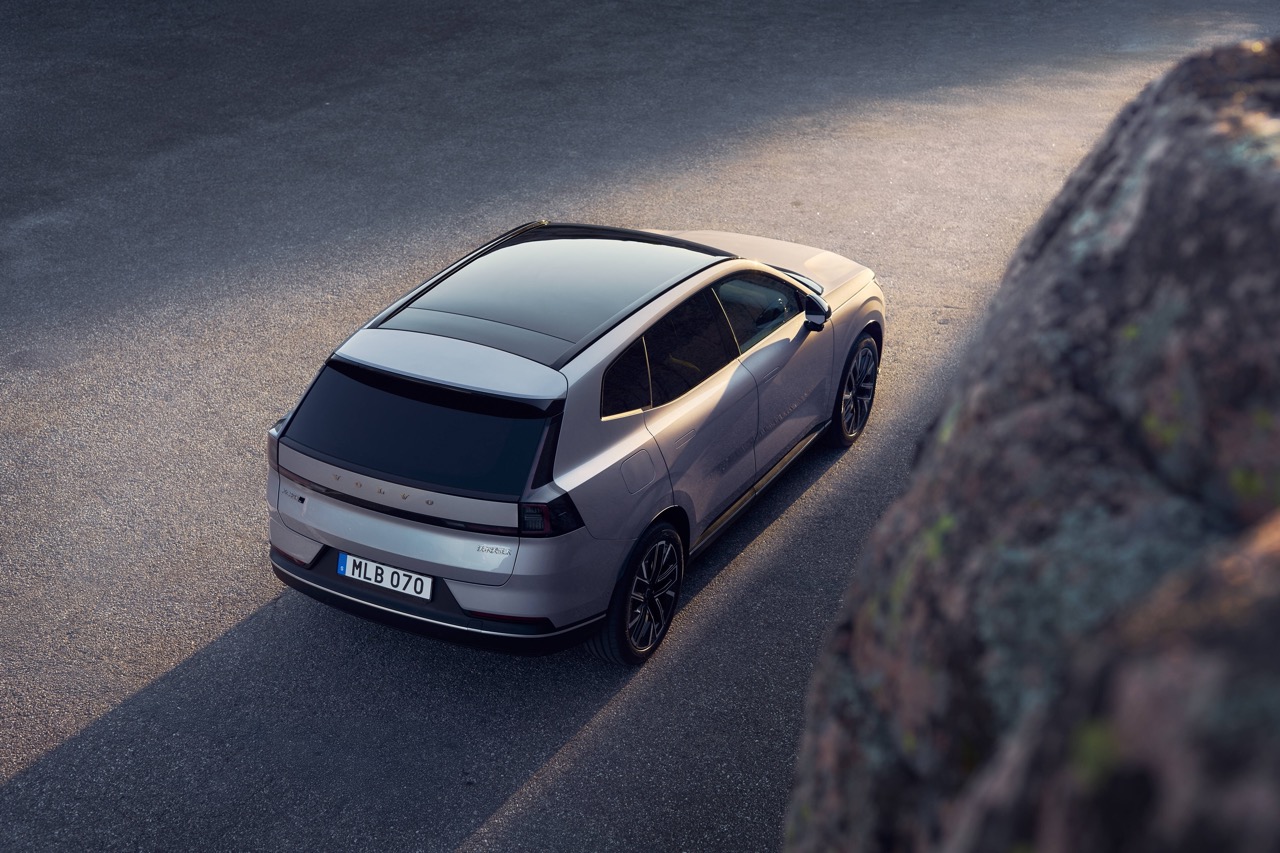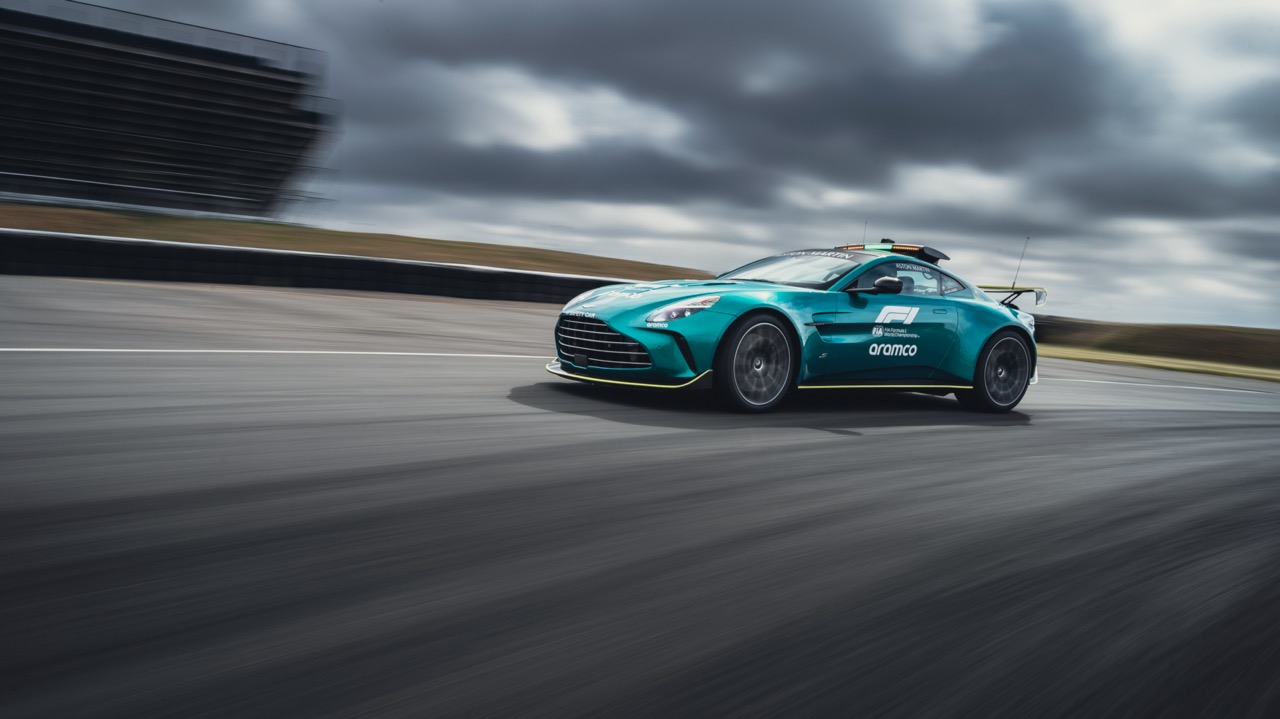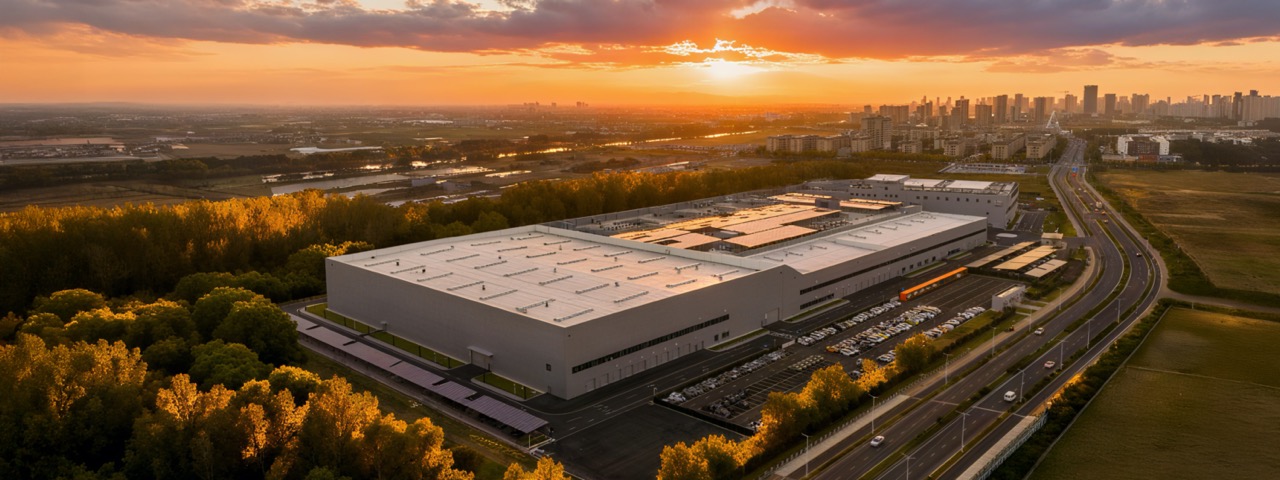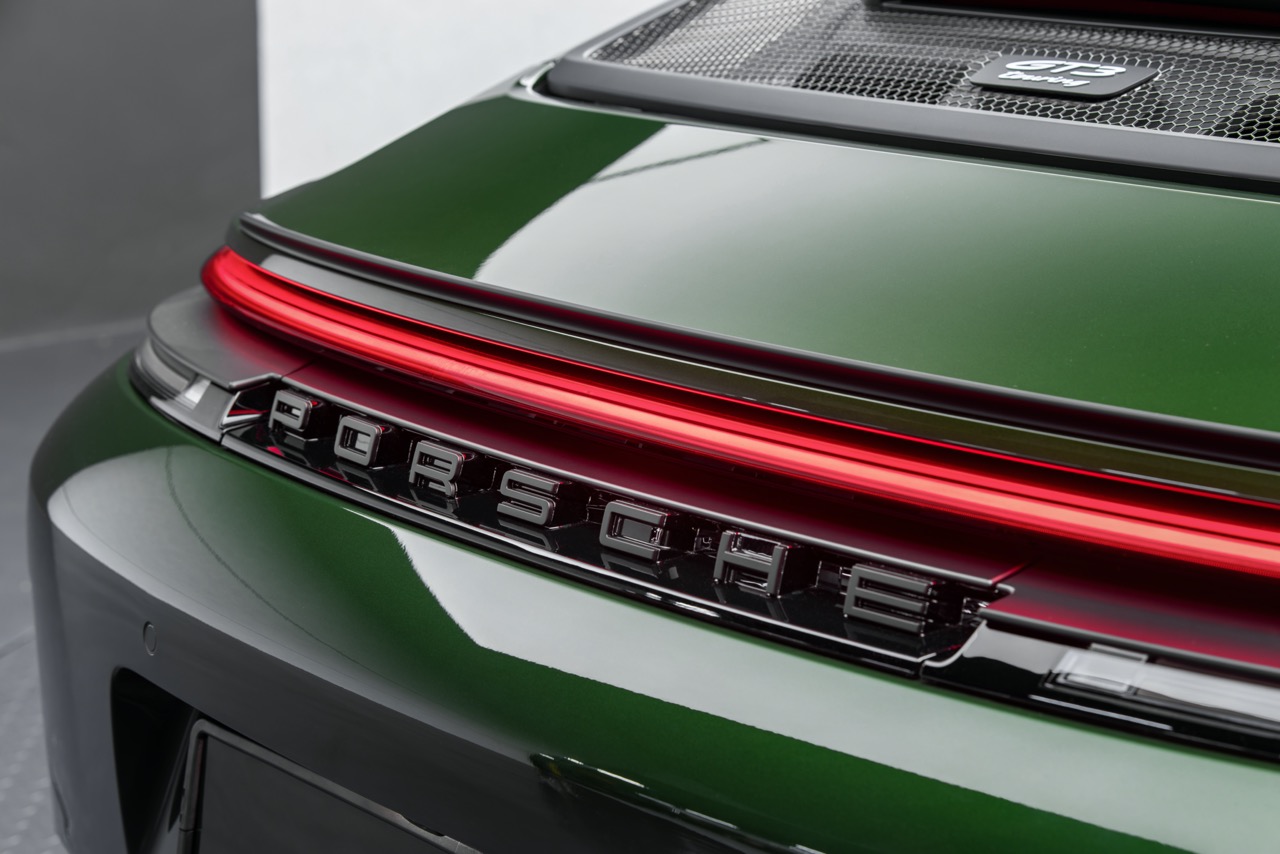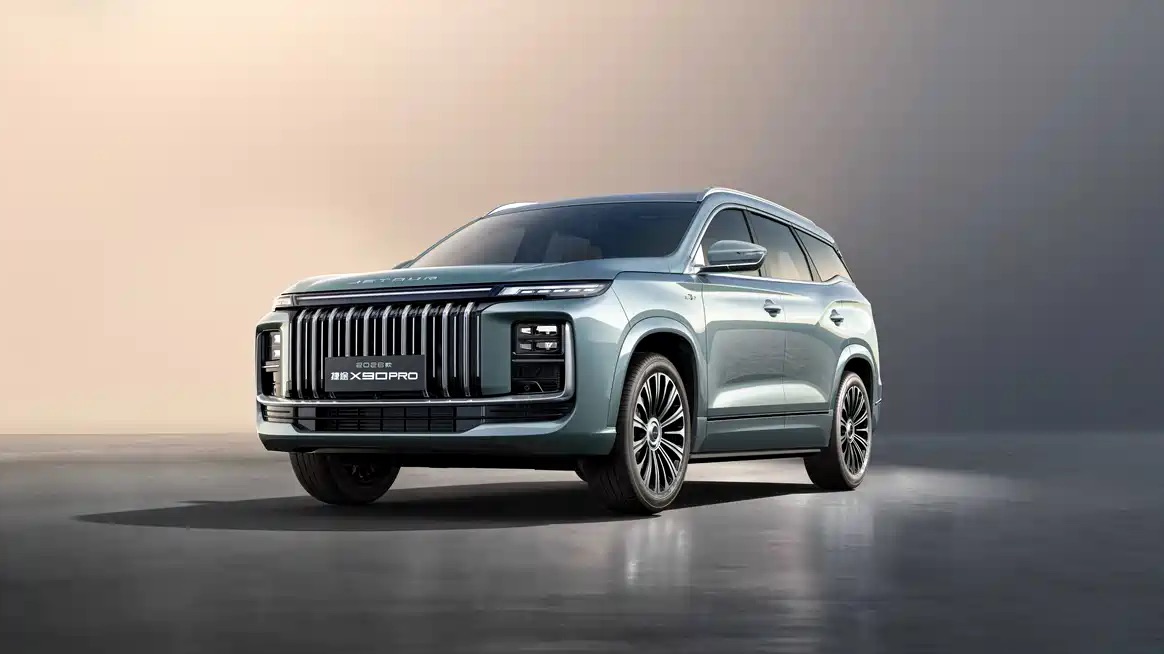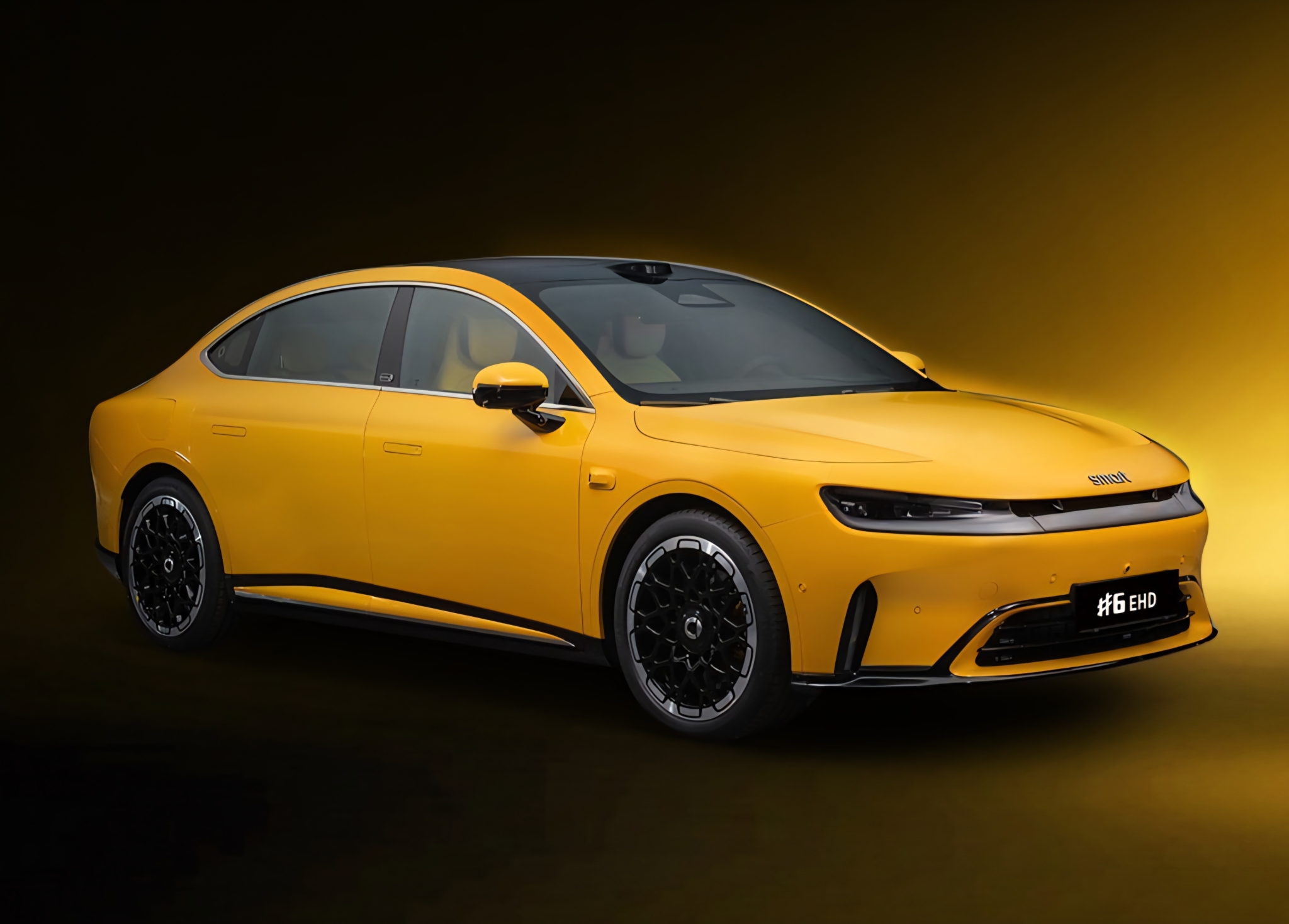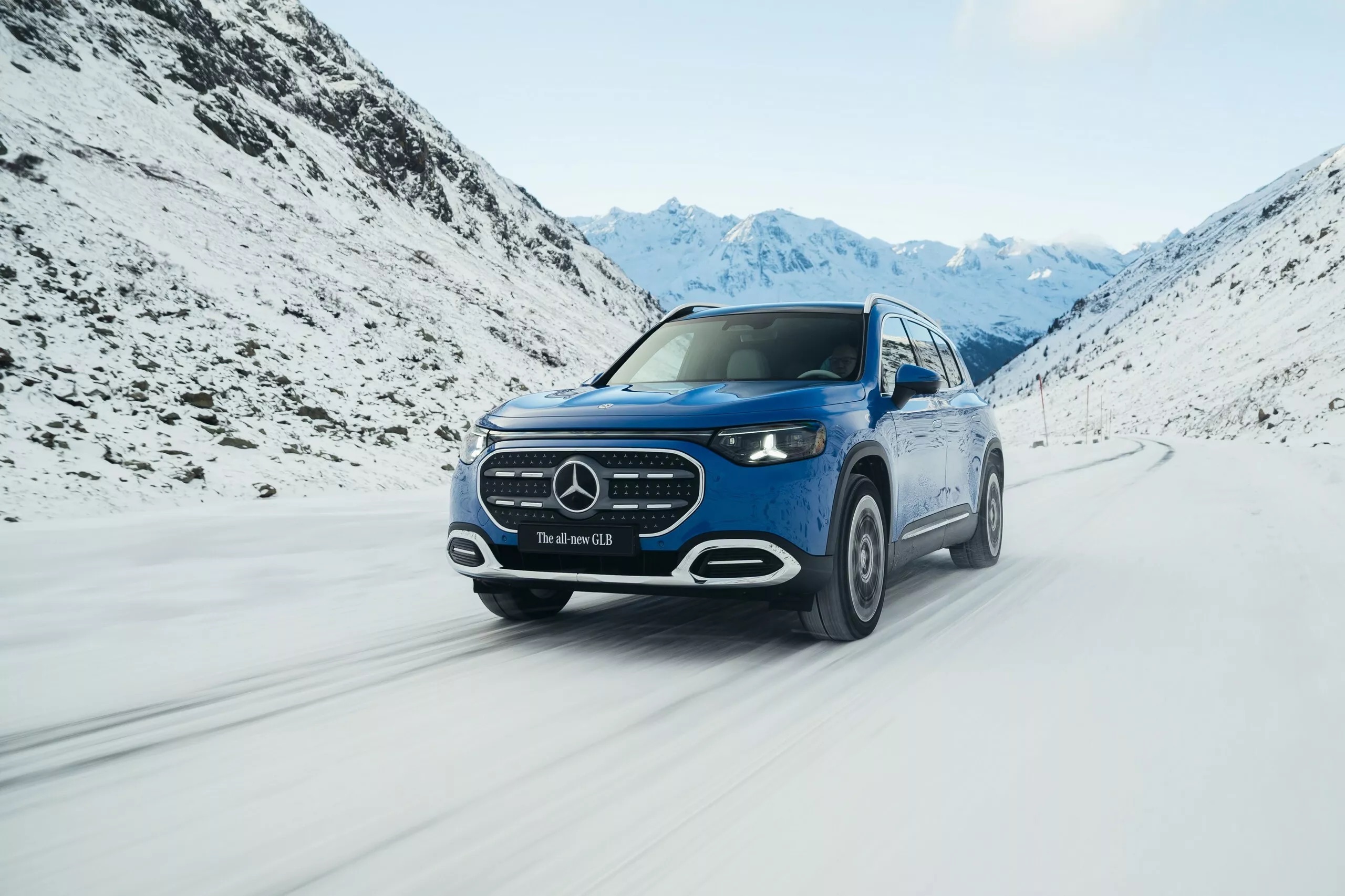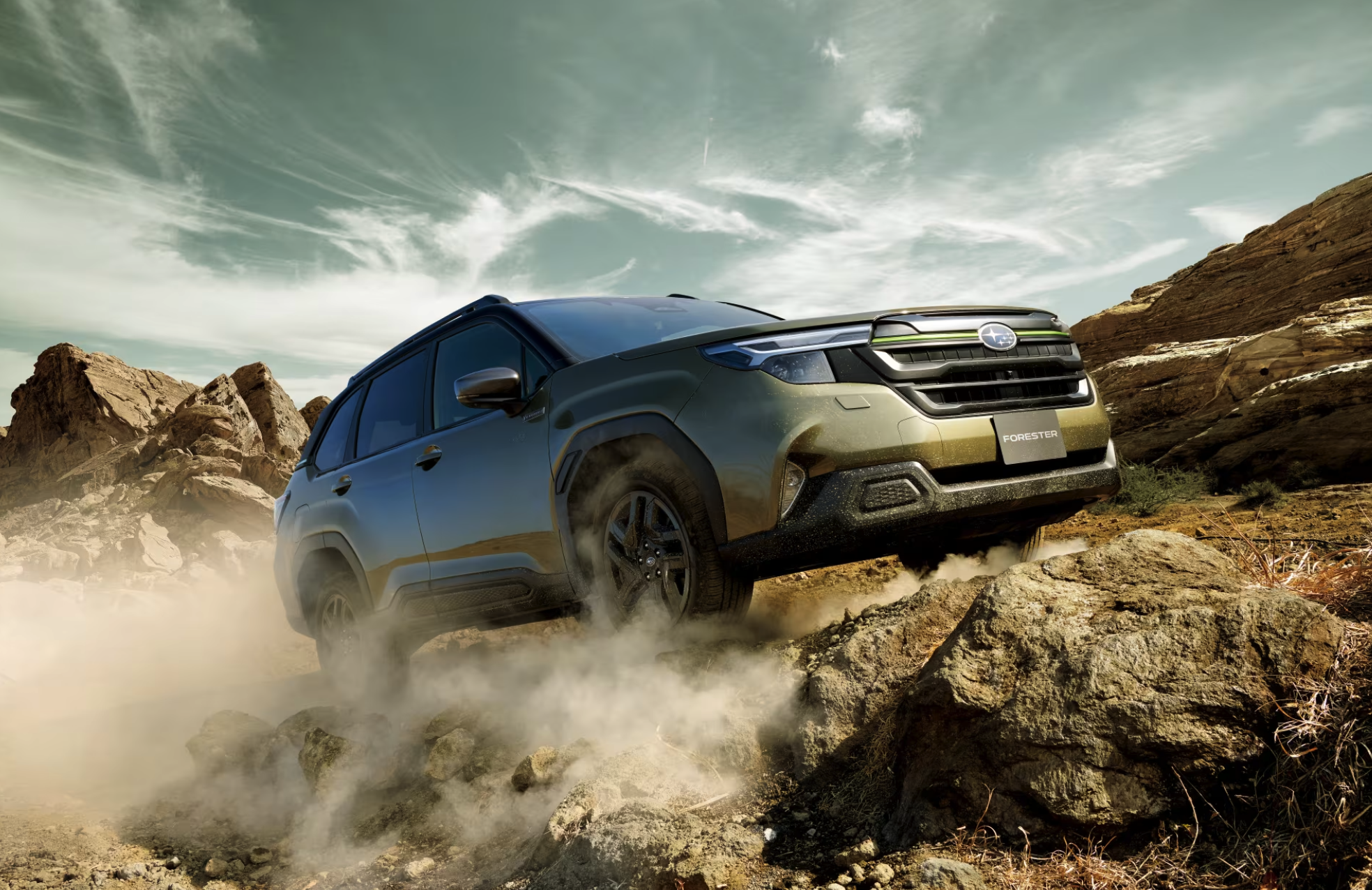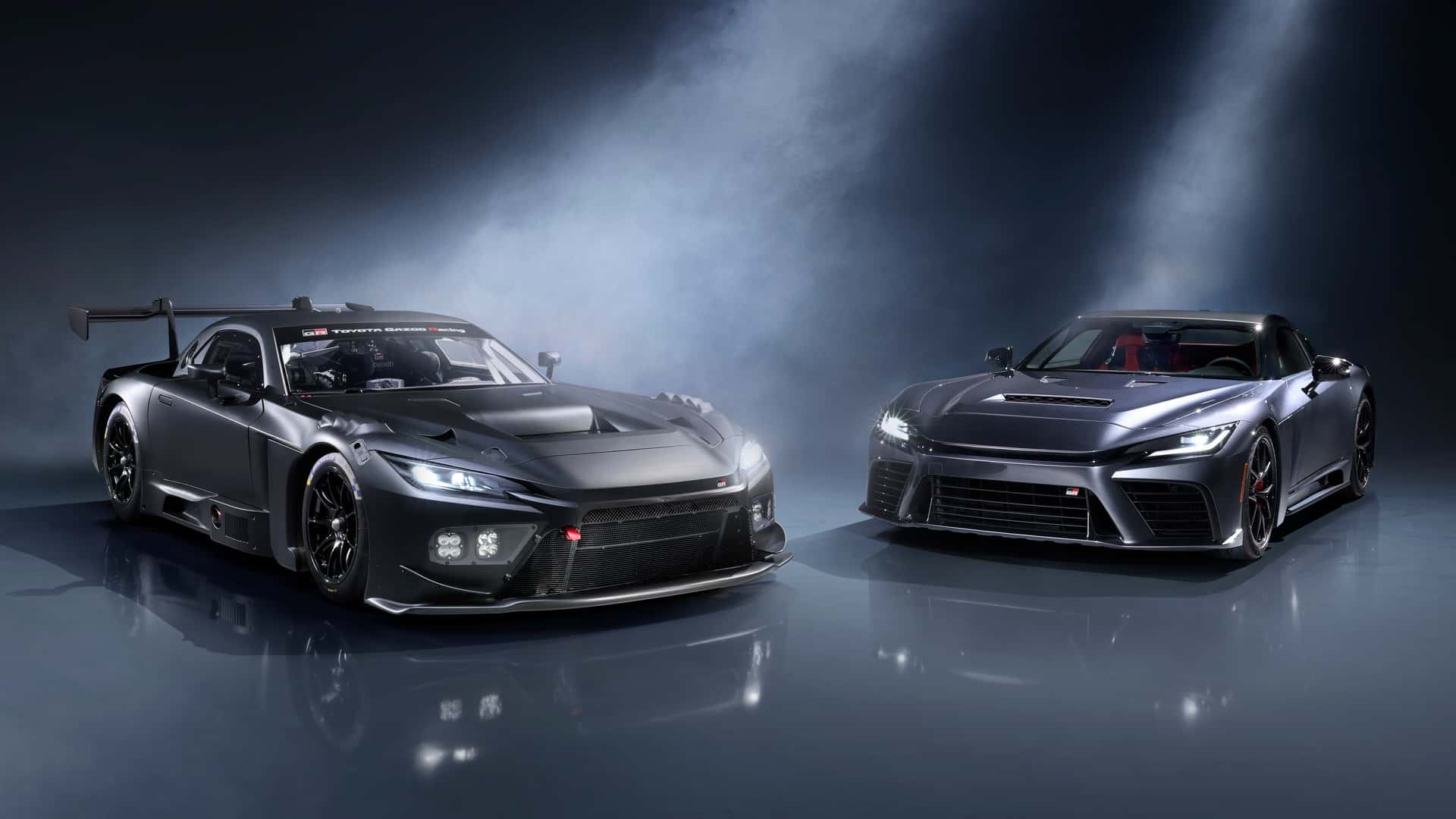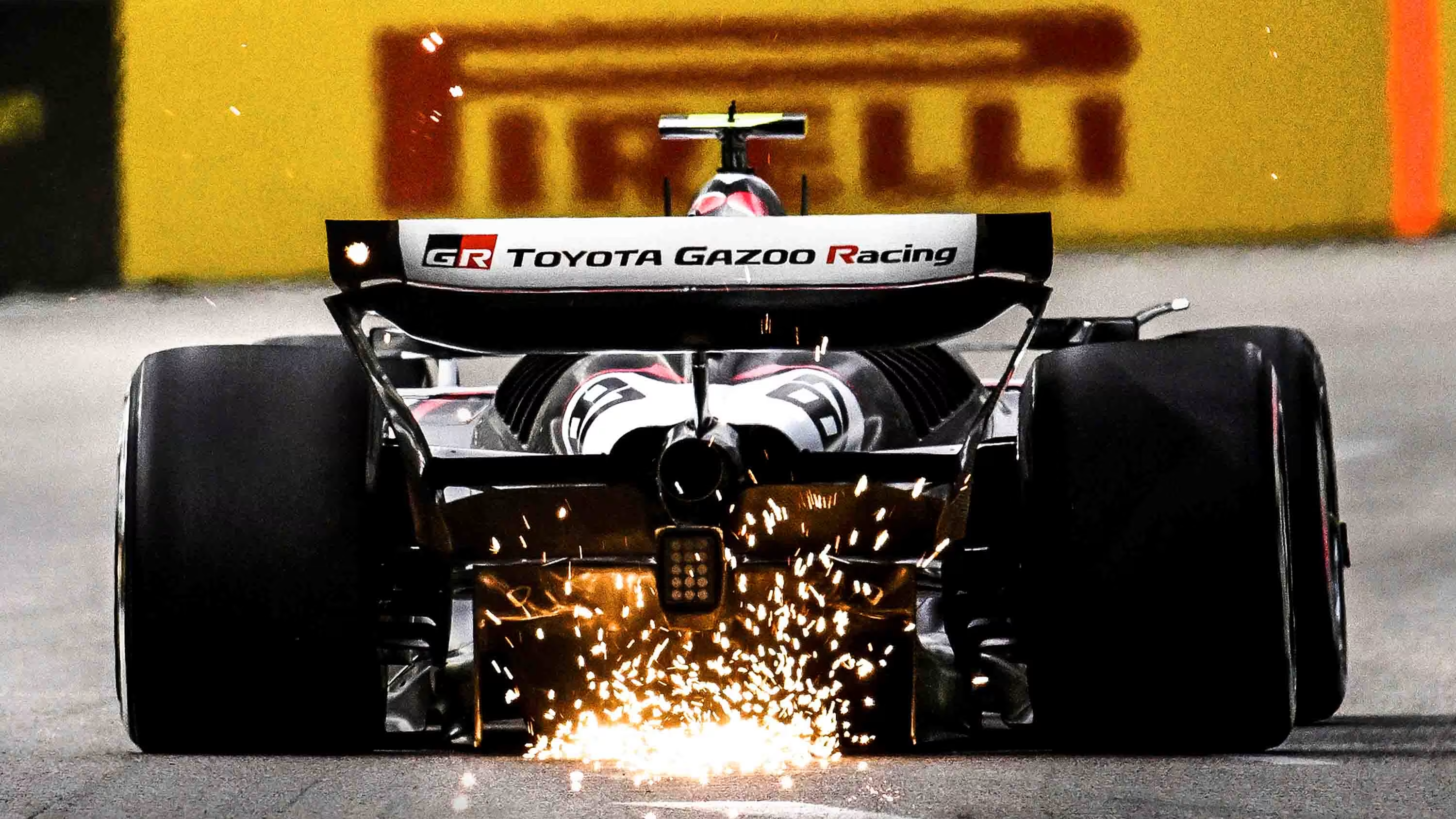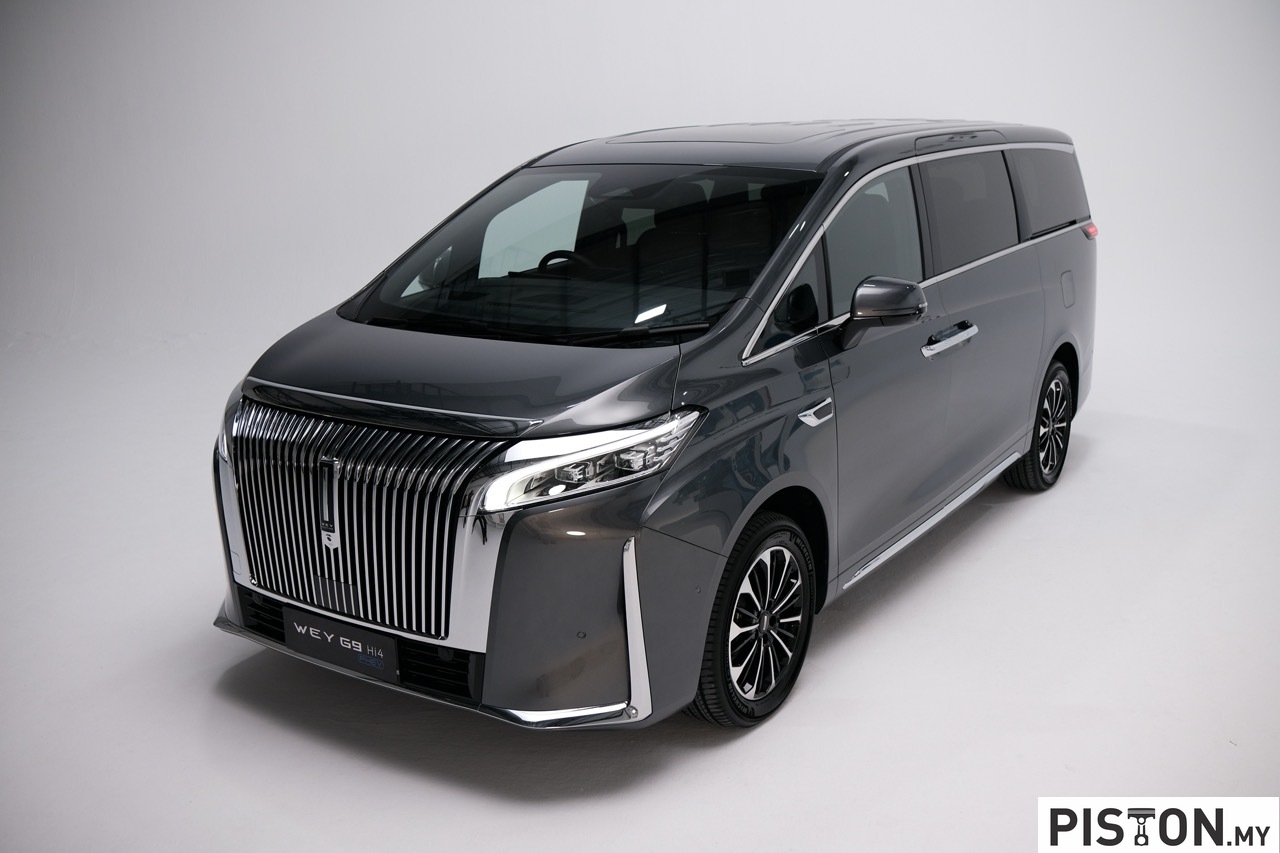The Mercedes-Benz GLC has long been one of the brand’s best-selling SUVs, a go-to choice for those who want something more polished. Now, it steps into a new chapter with the introduction of the fully electric GLC with EQ Technology.
This latest addition marks the first time the GLC has been offered as a pure EV in the US market, setting it up against serious competition such as the Audi Q6, Porsche Macan Electric, and BMW’s recently revealed iX3.
Powering the new GLC is a 94.0 kWh lithium-ion battery, which in its most powerful form produces up to 483hp—slightly edging past the iX3’s 463hp. It’s not just about straight-line power either; Mercedes has ensured that the SUV delivers practicality, with a towing capacity of 2,400kg when fitted with the optional tow hitch.





